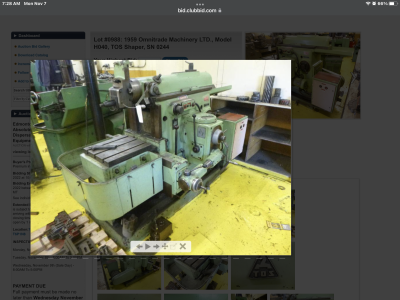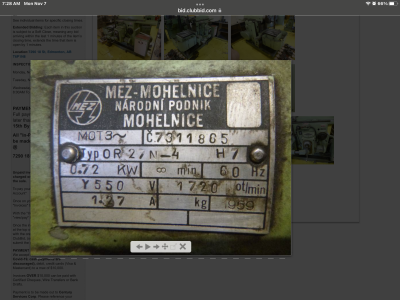You haven't said what the machines are and whether the motors are proprietary or easily replaced. I've been down the 550-600v rat hole and even built a transformer, first with two single phase units wired open delta and then adding a third because the starting inrush was so high on the old motor. Testing 600v told me I was too clumsy to want to keep it on my lathe. 240v is scary but 600v is deadly with little room for error. My control wiring was also 600v and that is a deal breaker in my world.
If the motor is proprietary and rewinding and changing starter overloads is a big project, talk to a real electrical person about the proper transformer. Personally I would not run a 550v motor on 480 unless I was sure it would not get hot. Starving voltage without reducing hz can be hard on those old motors-even if they are tough. Easy to test but if you go the transformer route in Canada you might as well go with the correct one. You want the KVA to be 2-3 times what the largest motors need. Dave
Up front, a "real electrical person" won't be much help. What you need is an old school motor man, preferably the input of a motor rewind shop. The voltage
could be adjusted with an autotransformer,
if the needed taps were available. The big problem with autotransformers is that the input and output are not magneticly isolated. Which can possibly lead to some interesting side effects.
I have only encountered 550 volts on a new mill install. No trouble shooting, there was a "startup" engineer from the company. He had very good English, better than a couple of fellows I worked with. But our terminology was
miles apart. A jumper is not a bridge. . . A Swedish engineer, he knew his stuff but didn't know how to ask an American.
600 volts is actually considered "low voltage" by a lineman. The closest I have come to true high voltage was operating the oil switch on a
115 KV substation. And that was too close for my tastes. There is a dividing line of classes of insulation at 600 volts. In use, it is no more dangerous than 480 systems.
To me, the dividing line is between 240 and 480. But that comes down to having 240 in my house. Any voltage is dangerous when conditions are amenable for injury. Standing in a pail of salt water while working on
24 volts can be deadly. Or try tasting the terminals of a
9 volt transistor battery. The way I was taught, way back in '68, was 60 mA, 0.06 Amp, will cause heart problems. I have since heard higher and lower but 60 mils is what I use.
Simply replacing the motor would be the cheapest. Rewinding small motors is horrendously expensive. It takes as much
labor as rewinding a 25 horse motor. An aside is that you would likely get a dual voltage, 240/480, motor. The shaft of the OEM motor will probably be metric. A new shaft size would
possibly require another pulley. Horsepower to KW rating is simple, 1 HP is ~750 watts, 0.75KW. There are some other considerations, but that will get you close.
.





